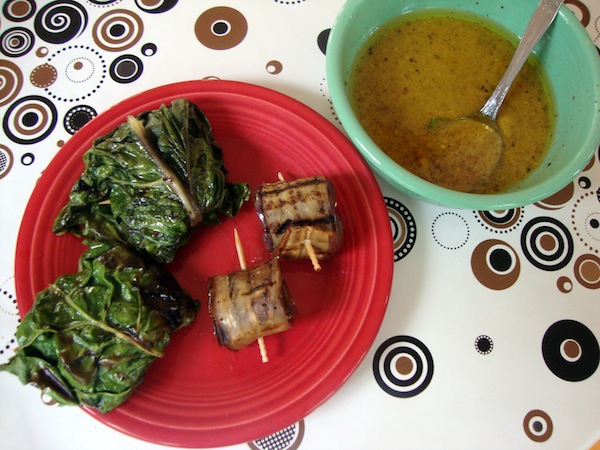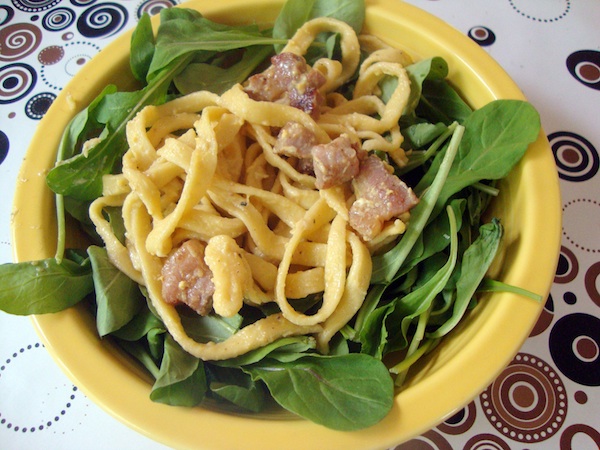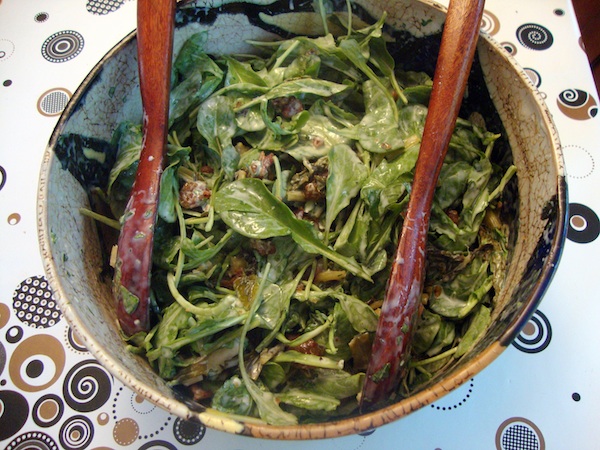
Some cookbooks are meant for the kitchen, but not all. Others are more at home on the coffee table, while a select few find their way to the nightstand, so much is there to read and absorb.
Judith Fertig’s Heartland: The Cookbook (Andrews McMeel, 304 pages, $35), on the other hand, will follow you throughout the house. Its oversize format, lush paper, and big, generous photo spreads — as big as the Nebraska sky — cry out to be put on display. But her essays about the food and people of her beloved Midwest demand a closer reading (although, to be honest, a multi-pound book like this is not the easiest bedtime reading). And, of course, it will spend plenty of time in the kitchen, so you can make Badlands Bison Chili, Minnesota Wild Rice Soup, and Sunflower Cookie Brittle.
In the blurbs for Fertig’s earlier books, Prairie Home Cooking (1999) and Prairie Home Breads (2001), her publisher emphasized that her dishes “go beyond the dreaded Campbell soup casseroles.” Reviewers evoked Ma and Pa Ingalls. The word “comfort” came up a lot.
In 2011, those soup cans have receded into the distant past and Midwesterners no longer have to embody plump, rosy-cheeked comfort to be recognized. As Fertig points out in her introduction, “When I wrote Prairie Home Cooking, there were no artisan bakeries in the Kansas City area; now there are four. Microbreweries were just getting started; now there are microdistilleries like Rehorst in Milwaukee making small-batch vodka and gin.”
It’s time for the coasts relinquish their claim to being the center of our food culture: Heartland exists as a big, beautiful, delicious argument that what’s interesting and real in food is right here, right now.

Throughout Heartland, Fertig calls out her favorite Midwestern producers — La Quercia, Nueske, Amablu cheese, De-Lish-Us chips — by name, giving the book a certain currency. And, scattered among the recipes, she includes essays about Midwesterners’ love of smoked goods, Victorian farmhouses, our wheat-growing and milling heritage, Madison’s iconic Dane County Farmers’ Market, heritage pork, and more. She lists cattle breeds and Midwestern sausages, even signs to look for when your hens stop laying. And she fills her writing with quotations from other writers who love the American heartland and are beloved there: Willa Cather, Garrison Keillor, and Louise Erdrich.
While such sidebars certainly aren’t comprehensive enough to make the book useful as a reference book — and they aren’t meant to — they create a tasty and enticing context for the recipes themselves.
Heartland’s 120 recipes — illustrated with hundreds of color photos but very few of the finished dishes — include pantry staples, breakfasts, breads, appetizers and drinks, salads and soups, main dishes, and desserts. The “staples,” in truth, are not necessities for a well-stocked kitchen, but rather tasty building blocks like cultured butter “churned” in your food processor, home-rendered lard, smoked goat cheese, and herbed simple syrup.

Many of the recipes are no more than ideas, but they are some very good ideas. Smoking charcuterie and cheese on a plank on the grill brings together some of the best entertaining tricks I know, and yet it never occurred to me until now. You don’t really need a recipe for bacon-infused vodka, fried beet chips, popcorn sprinkled with smoked Gouda and celery salt, or planked sausages with baked kale, but once you read the recipe titles you think, “Man, I’ve got to try that.”
Some of the ideas don’t translate well into reality: Grilled eggplant wrapped around goat cheese is a very good idea, but wrapping a ½-inch-think slice of raw eggplant around anything, as Fertig suggests, well, it just doesn’t work. (But here’s what does: Slice the eggplant much thinner — less than a quarter of an inch — grill it on both sides first, being sure to brush it with oil and season it with salt and pepper, and then wrap it around balls of goat cheese. That’s the way I finally did it, at least. I’m still going to give Fertig credit, though, because my guests loved her Vegetable Bundles, and the Anchovy Vinaigrette she pairs it with is perfectly proportioned.)
Fertig also gets credit for the Homemade Noodles with Pancetta, Black Pepper, and Pecorino Over Greens that my family loved. While it is, in the end, just pasta carbonara — and I have made carbonara almost weekly since the time my kids could pronounce “bacon” — it is an excellent one. Homemade pasta, a splash of white wine, real pancetta, and a bed of peppery arugula to cut the heaviness of the dish really put it over the top.

When the recipes get more complicated, however, they sometimes overreach. I tried the Arugula and Chard Salad, with its many components — candied bacon, sweet and sour chard, buttermilk dressing — and found it overdressed, oversweet, and overly big.
But the list of recipes I still want to try is long, starting with a weekend full of Garden Gimlets and Bacon Bloody Marys, I think, and that in itself is a sign of a good cookbook. It will be a good long time before Heartland gets sent from the kitchen back to the coffee table.
